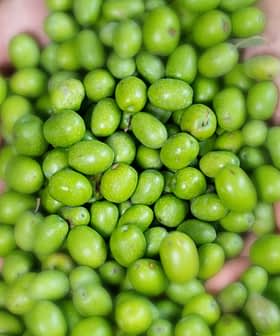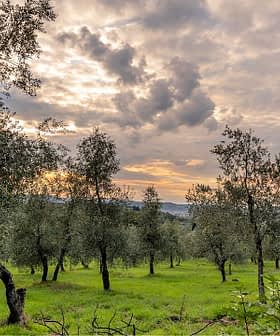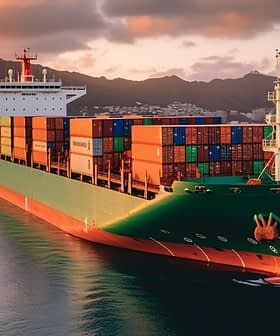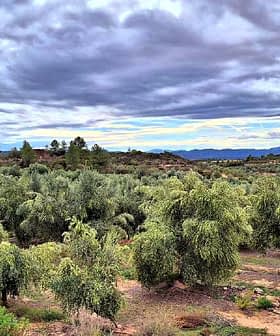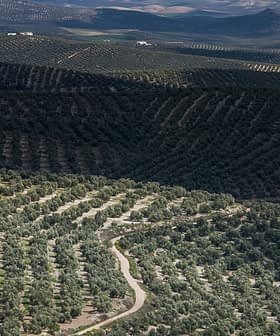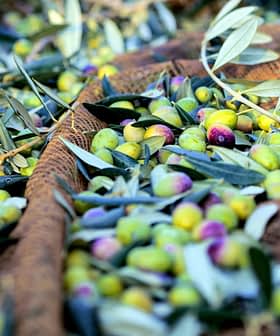Italian Exporters Double Down on U.S. Market Despite Tariff Risks
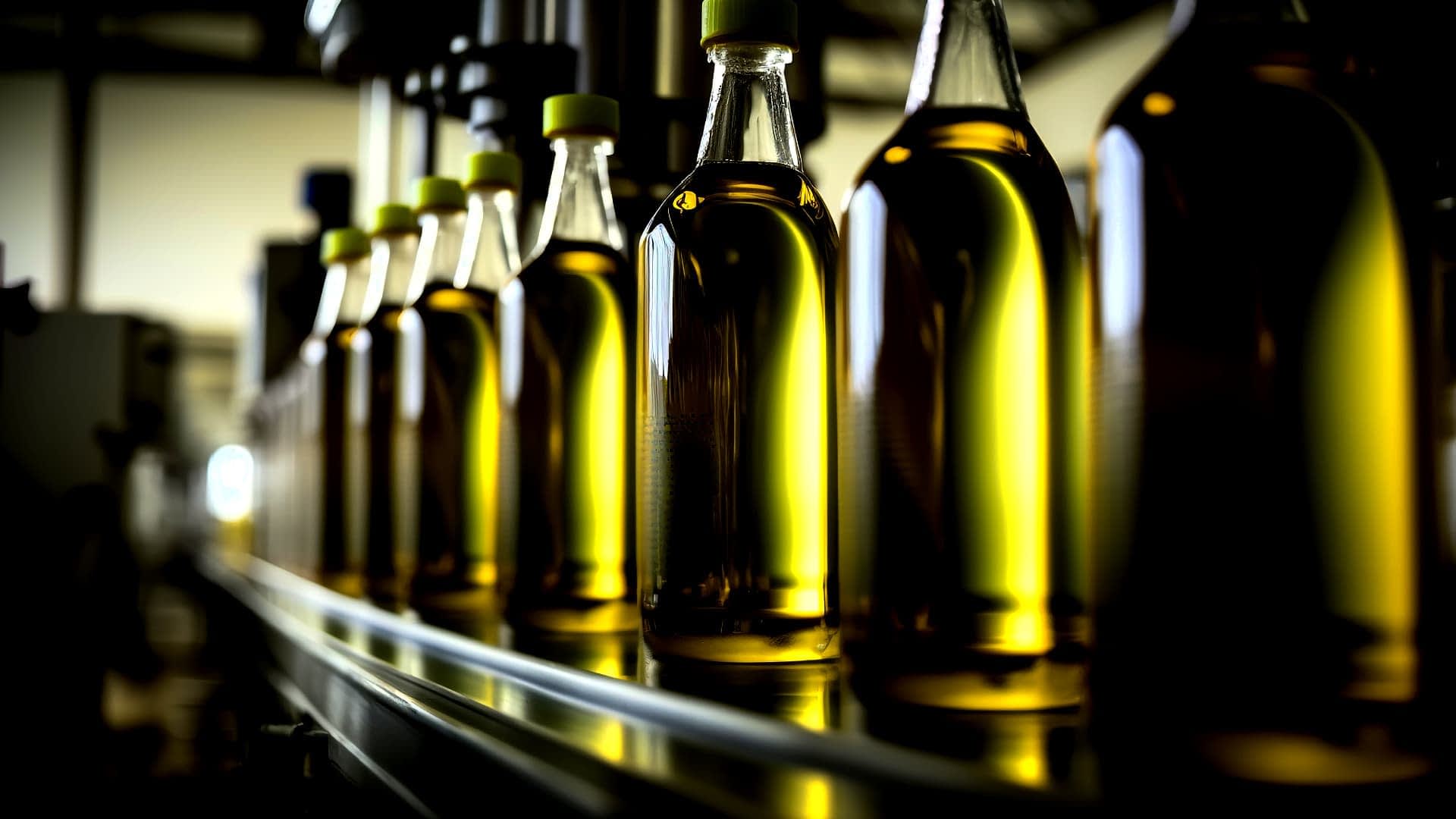
Italian olive oil exporters are preparing for potential tariffs from the Trump administration by developing contingency plans and strengthening U.S. operations, such as establishing facilities in New Jersey. To maintain quality control and optimize logistics, companies like Agritalia have implemented proprietary software to forecast demand and manage supply chains, while also focusing on consumer education and marketing to promote high-quality extra virgin olive oil in the U.S. market.
Italian olive oil exporters are demonstrating resilience in the face of potential tariffs threatened by the Trump administration.
“We gained experience in 2019 with a similar situation. Since then, we’ve developed contingency plans with our clients to respond effectively to possible crises, at least in the short term,” Sergio Massa, the founder and chief executive of Agritalia, told Olive Oil Times.
U.S. domestic production cannot satisfy olive oil demand. Everyone at the table recognizes that we must collectively find a way to address potential tariffs positively.
Agritalia accounts for six percent of Italian extra virgin olive oil exports to the United States and benefits from decades of experience.
“U.S. domestic production cannot satisfy olive oil demand,” Massa said. “Everyone at the table recognizes that we must collectively find a way to address potential tariffs positively.”
See Also:Rising Value of Extra Virgin Olive Oil Exports Boosts Italy’s Agrifood SectorThe producers behind Bono, the largest Sicilian olive oil exporter to the U.S., which established a multi-purpose facility in New Jersey less than two years ago, share Agritalia’s perspective.
“Tariffs targeting Italian olive oil would have a negative impact on Bono USA, as well as the broader industry,” said Salvatore Russo-Tiesi, president and chief executive of Bono USA.
“We remain hopeful that any trade or political issues can be resolved in a way that supports fair competition and consumer access to high-quality products,” he added.
U.S. olive oil imports have significantly accelerated since the 1990s. According to International Olive Council (IOC) data, U.S. imports grew from 90,000 metric tons in 1990/91 to 200,000 tons in 1999/2000.
This trend consolidated in subsequent years, reaching 258,000 tons in 2009/10 and 391,000 tons in 2019/20. The IOC expects imports to increase further in the current crop year, reaching 398,000 tons.
The U.S.‘s role as a significant global olive oil importer results from the consistently rising demand for the product.
“Throughout the 1980s, olive oil consumption steadily grew, but extra virgin olive oil remained just a niche segment of the market,” Massa recalled, noting the variety and different grades of olive oil available at the time.
“It wasn’t until the 1990s that extra virgin olive oil began gaining broader distribution, thanks largely to increased travel to Italy, the rising popularity of Mediterranean cuisine and the pivotal role played by the food service channel,” he explained.
In the last five years, overall U.S. olive oil consumption has twice exceeded 400,000 tons, approaching the consumption levels of Mediterranean olive oil-producing countries such as Spain and Italy.
However, total U.S. olive oil production for the current season is expected to reach only 10,000 tons.
Given this significant gap between consumption and domestic production, Italian exporters have strengthened their U.S. operations over recent years.
“The New Jersey facility has significantly boosted our U.S. business, enabling us to reach exciting new levels,” Russo-Tiesi said. “Having all operations housed in a state-of-the-art facility provides us full control over the supply chain, from Italy to the end consumer.”
“This has been crucial for maintaining quality control, optimizing logistics, enhancing marketing efforts and driving growth, all of which contribute to increased customer satisfaction,” he added.
Supply chain management and technological innovation have driven Agritalia’s development in the U.S.
The company explained that its automated replenishment program has reliably supplied Italian and European food products to North America for several years.
The program relies on proprietary software that analyzes sales data and accurately forecasts procurement needs for each customer.
“We realized there’s no need to keep inventory sitting in warehouses in the U.S.,” Massa said. “Our proprietary software can accurately forecast demand for any given product at any specific retailer, right down to the local area.”
By leveraging detailed historical data spanning up to 104 weeks and specific information from retail partners, the company understands how each product performs at every distribution center, accounting for store trends, seasonal fluctuations, promotions and new store openings.
“Our predictions have proven incredibly precise, boasting a 97.5 percent accuracy rate,” Massa said. “Even special promotions and targeted offers are seamlessly integrated into our forecasting model well in advance.”
“This means we can inform every supply-chain partner up to three months ahead of time, ensuring what’s genuinely needed is shipped to distribution centers in the U.S.,” he added.
Through its affiliates, Agrilogistica and Agriusa, the company directly manages all operations, from extra virgin olive oil production to the final distribution.
To ensure complete control of extra virgin olive oil sold in the U.S. through its supply lines, Agritalia developed control procedures known as the Agritalia Sensory Chemical System (ASCS), working in collaboration with International Olive Council-certified laboratories.
The company describes it as a proprietary quality-control system designed to ensure authenticity, quality and traceability of extra virgin olive oil throughout the entire supply chain, from raw material selection to bottling and final distribution.
The system sets rigorous sensory and chemical specifications for each type of olive oil to successfully market products in the U.S., withstand logistics challenges, and preserve quality.
These chemical values, stricter than the IOC’s, are adjusted every six months because olive oil quality changes significantly over time following harvest and milling.
Through batch analyses, the company can guarantee that the product shipped from Italy is precisely the same product delivered to U.S. customers.
ASCS, annually certified by independent certification body FoodChain ID, relies on a network of IOC-certified laboratories to verify the products’ sensory profiles. The system also addresses specific logistics challenges affecting product quality.
“Some of our greatest challenges occur during winter, particularly in northern U.S. states such as Michigan, where extremely low temperatures can cause delays, sometimes lasting weeks, along rail transport routes,” Massa noted.
In such scenarios, containers may sit idle in terminals, requiring transfers and additional handling.
“Products risk freezing. During our studies, we’ve closely analyzed how freezing impacts extra virgin olive oil by examining samples shipped back to us,” Massa said.
While he said that the freezing and thawing do not significantly degrade any of the extra virgin olive oil’s quality parameters, Massa added that it can affect some sensory characteristics.
“These insights were crucial. They’ve enabled us to define precise technical specifications that safeguard the product’s integrity throughout its shelf life, even under extreme conditions,” he said.
Beyond refining procedures and technologies, Italian exporters believe much work remains to bring high-quality extra virgin olive oil to the U.S. market.
“Consumer awareness remains a challenge,” Russo-Tiesi noted. “Many U.S. consumers may not fully recognize the differences between authentic, certified extra virgin olive oil and lower-quality alternatives.”
“That’s why continuous education and marketing are essential. We remain committed to vigorous outreach programs to highlight Bono extra virgin olive oil’s superior quality, traceability, and health benefits, ensuring consumers can make informed choices,” he concluded.
